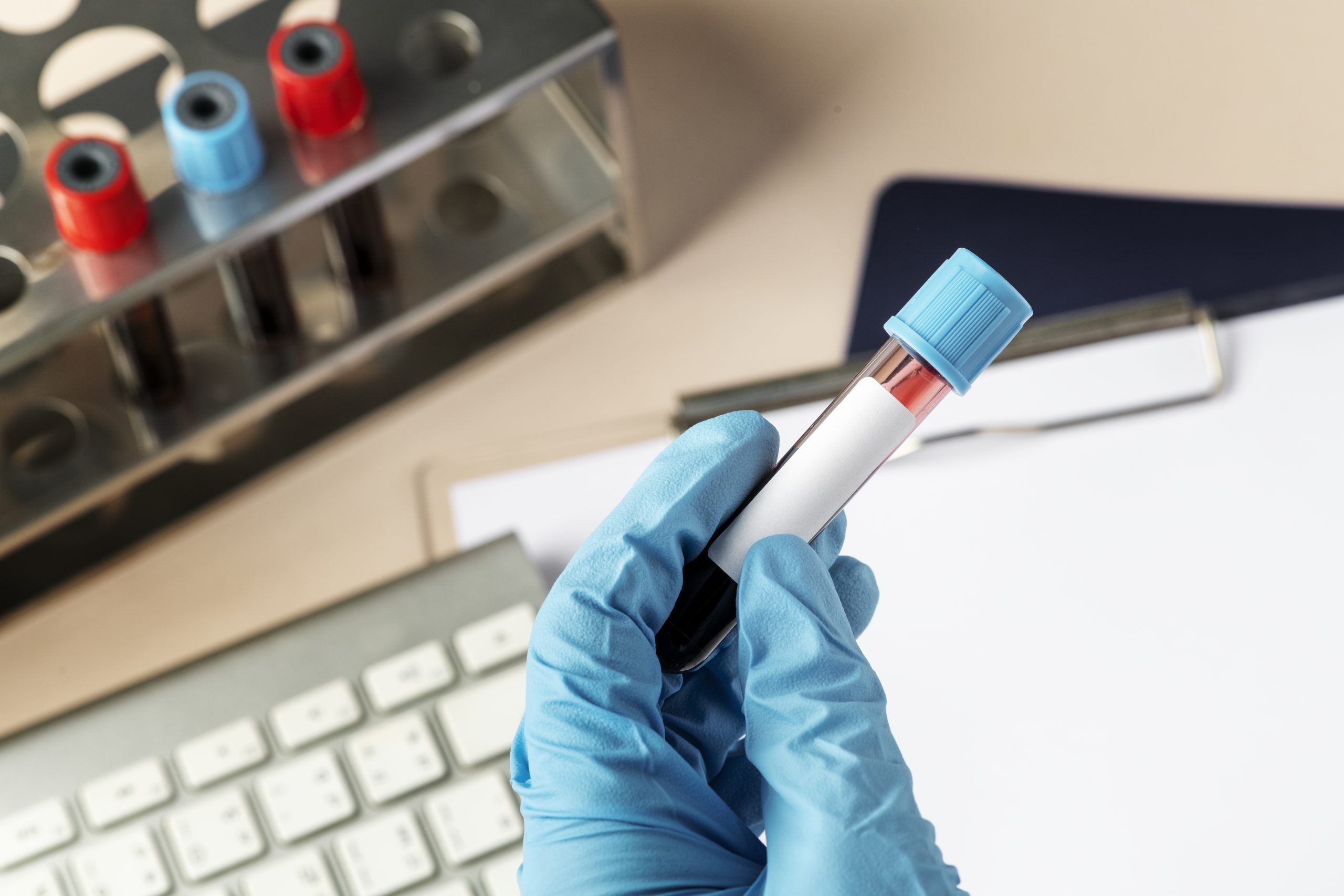
Staring at screens for long periods of time can impact your eye health. Experts advise people to be more mindful of this as COVID-19 has forced us inside where people are watching more TV and looking at their phones more often.
What causes dry eye
There’s no uniform cause for everyone who has dry eyes. Aging is one of the main culprits, along with decreases in your tear production.
Additionally, an over-reliance on staring at screens can impact your eye health, a common concern as COVID-19 has forced us inside, staring at computer monitors during endless video conferencing sessions and binge-watching your favorite shows on your TV or phone.
Yarger said it was a big relief to receive her diagnosis and to become better educated about “the anatomy of my eye” and how crucial eye health is to maintain. She was ultimately prescribed a medication called Xiidra that alleviates dry eye-causing inflammation.
Her story isn’t unusual. A report from the American Journal of Ophthalmology revealed that more than 16 million people in the United States have the condition. It’s more prevalent in women than in men, while the likelihood of developing dry eye increases more with age.
Dr. Preeya K. Gupta, a corneal specialist and ophthalmologist at Duke Health, said dry eye is sometimes a condition that flies under the radar, since not every clinician is automatically looking for it.
“In my own clinical practice, it’s something I see in patients earlier and earlier. Patients sometimes see dry eye as always something that happens when you got older or have certain risk factors, but I’m seeing, these days, with our digital lifestyle, that something is changing,” Gupta told Healthline.
She’s noticed that more people are coming in with “nontraditional symptoms” beyond redness, irritation, and scratchiness. For example, people are telling her their vision is blurry, fluctuating in and out.
Gupta added that it’s crucial that you reach out to an eye doctor or your primary care physician first before self-diagnosing. She said issues with eye health in general are unfortunately problems where people easily turn to Google searches first before seeking medical guidance.
“As a clinician, I often wish that patients would come in sooner. The reason is, this disease process responds to treatments better when patients are at an earlier stage of their disease,” Gupta explained. “It doesn’t just improve quality of life but also disease progression — I love to see patients earlier in their disease process.”
Dr. Craig See, a cornea specialist at Cleveland Clinic Cole Eye Institute, told Healthline that, beyond sometimes being caused by a lack of tear production, it can also be evidenced in something called “evaporative dry eye,” when there is a lack of quality tear production resulting in oil gland blockages around the eyelids. This clogging up of these oil glands can lead to stye, a pimply blockage that can be painful and cause irritation.
When it comes to our obsession with screen time, both See and Gupta say they’ve treated a lot of people lately whose dry eyes have been made worse by watching or reading screens, staring fixedly for long periods of time without blinking.
See said there isn’t any data to conclusively show whether this has been made worse by the current COVID-19 lockdown, but he added that over time, as people spend most of their days staring at smartphones and looking at their computers at work, dry eye has become a regular part of modern daily life.
“Our digital lifestyle” has played a “significant role” in the prevalence of dry eye, Gupta added. She said that if you find yourself spending too much time with your screens, the remedy is simple: “Take a break.”
Source : Healthline






Leave A Comment
You must be logged in to post a comment.